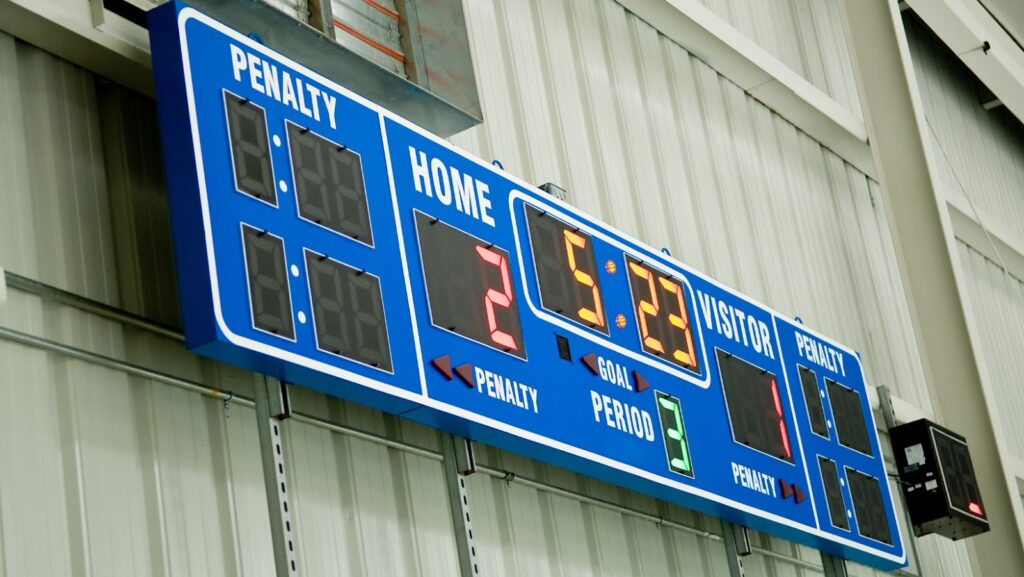At halftime, soccer teams have a chance to make adjustments that can help them come out on top in the second half.
There are a few things that teams can do at halftime to try and get an edge over their opponents.
how long is halftime in soccer
Halftime is the break between the two halves of a soccer game. It usually lasts around 15 minutes.
During halftime, players can get some water and rest. They can also talk to their coach about what they need to do to improve their performance in the second half.
What soccer teams do during halftime
One thing that teams can do at halftime is to make sure they are staying hydrated.
Players will often drink water or fluids with electrolytes in order to stay hydrated and prevent cramping. Dehydration can lead to players feeling tired and sluggish, which can have a negative impact on their performance. Another thing that teams can do at halftime is to go over their game plan and make adjustments based on what they saw in the first half. For example, if a team is not doing well offensively, they may decide to make some changes their formations or substitutions in order to try and create more scoring chances. On the other hand, if a team is doing well but is giving up too many goals, they may want to make some defensive adjustments.
Finally, teams will often use halftime as a chance to regroup and refocus.
This can be especially important if a team is trailing and needs to come back in the second half.
Players may also use halftime to catch their breath and get mentally prepared for the second half.
The benefits of halftime adjustments
Making adjustments at halftime can be beneficial for a number of reasons. First, it can help a team to avoid getting too far behind in the game. If a team is struggling in the first half, making some changes can help them get back into the game. Second, halftime adjustments can help a team to take advantage of their opponent’s weaknesses. If a team notices that their opponent is struggling in a certain area, they can make some changes to try and exploit that. Finally, halftime adjustments can help a team to refocus and regroup. This can be especially important if a team is trailing and needs to come back in the second half.
Overall, making adjustments at halftime can be beneficial for soccer teams. It can help them get back into the game, take advantage of their opponent’s weaknesses, and refocus.
How halftime adjustments are made
There are a few different ways that teams can make halftime adjustments. One way is for the coach to talk to the players and make changes based on what they saw in the first half. Another way is for the players to talk to each other and make adjustments themselves. Finally, teams can also use technology to help them make halftime adjustments. For example, some teams will use video analysis to break down their performance in the first half and make changes accordingly.
No matter how they are made, halftime adjustments can be beneficial for soccer teams. They can help a team to get back into the game, take advantage of their opponent’s weaknesses, and refocus.
Examples of successful halftime adjustments
There are a few examples of successful halftime adjustments that have been made in soccer. One example is when the Netherlands came back from a 1-0 deficit to beat Spain in the 2010 World Cup Final. The Netherlands made a number of changes at halftime, including bringing on striker Robin van Persie and midfielder Wesley Sneijder. These changes helped the Netherlands to score two goals in the second half and win the game.
Another example of a successful halftime adjustment was made by the United States Women’s National Team in the 1999 World Cup. The United States was losing 2-0 to China in the semifinal, but made a number of changes at halftime. These changes included bringing on midfielder Michelle Akers and striker Tiffeny Milbrett. The United States went on to score three goals in the second half and won the game.


More Stories
How to Register And Log in to Rocket Casino?
Bowler’s Throw to Batsman’s Glory: 10 Interesting Facts About Cricket in India
Essential Things to Know About Josh Allen, the Buffalo Bills QB